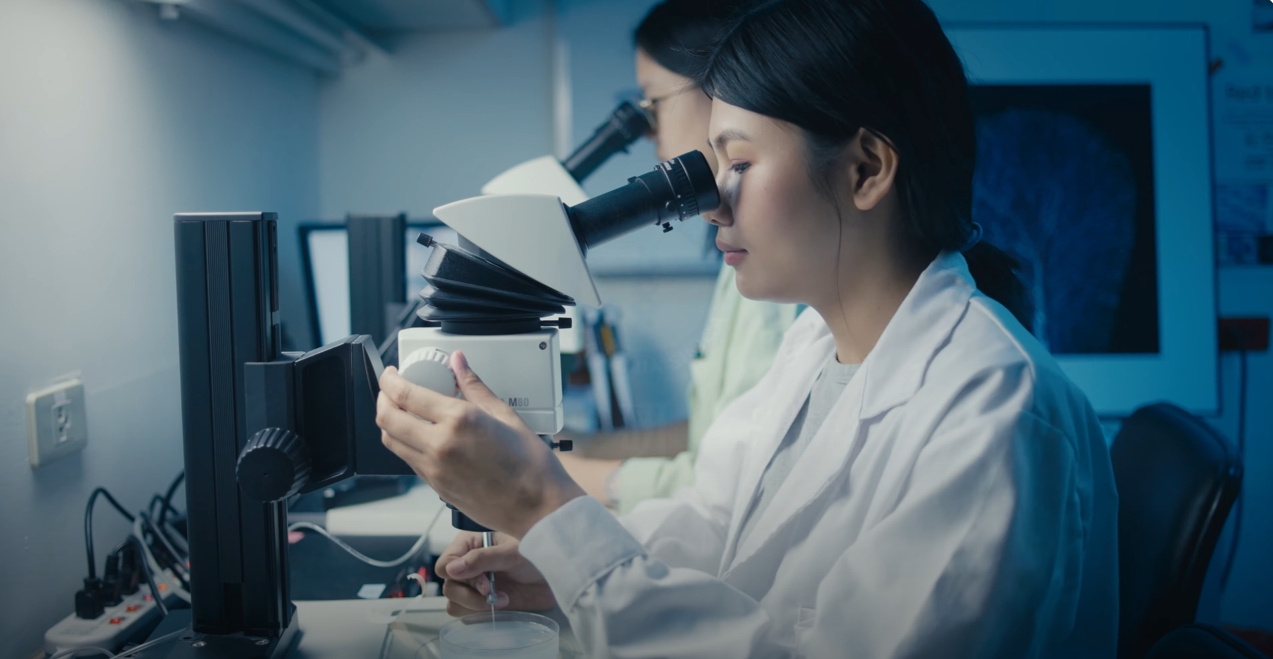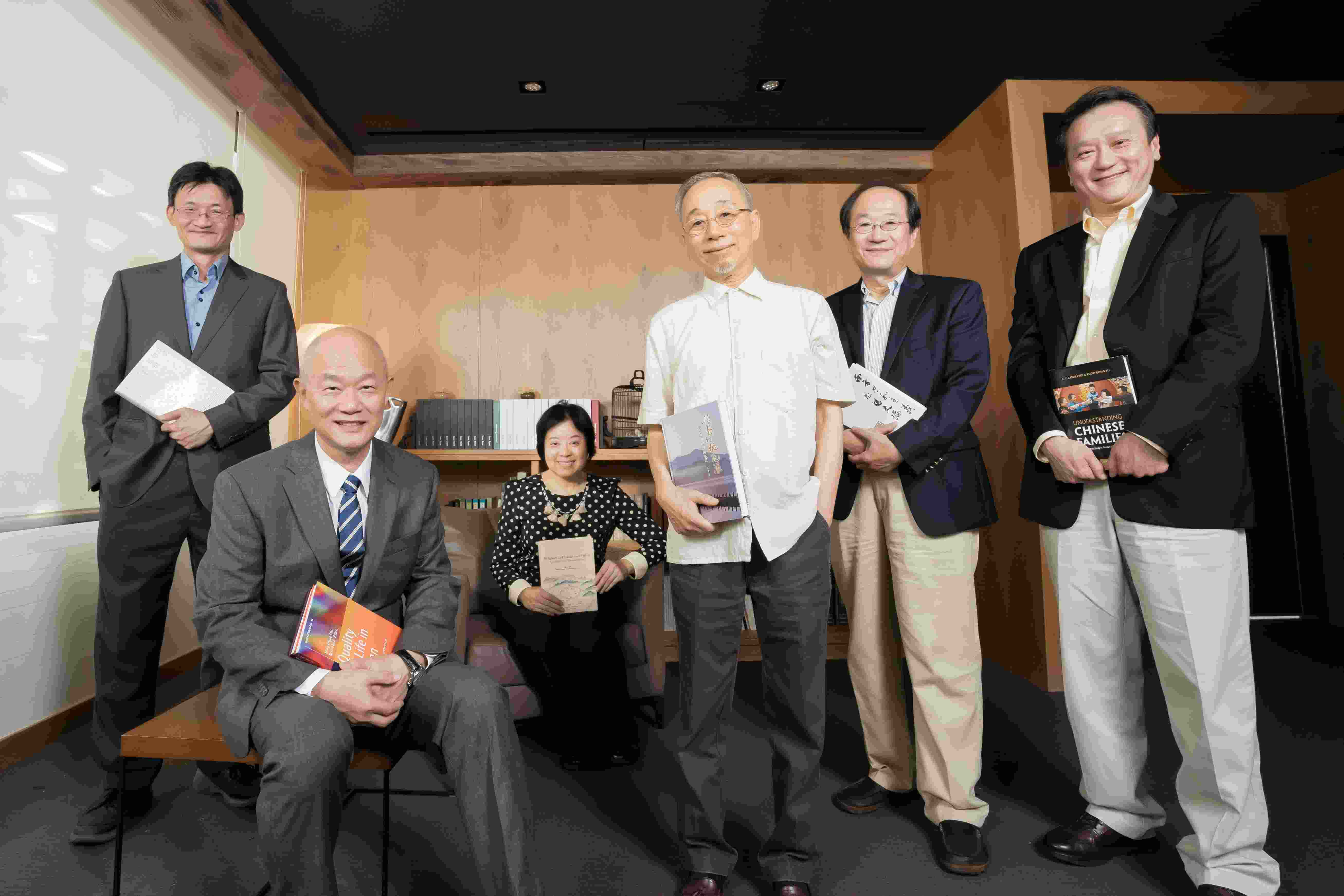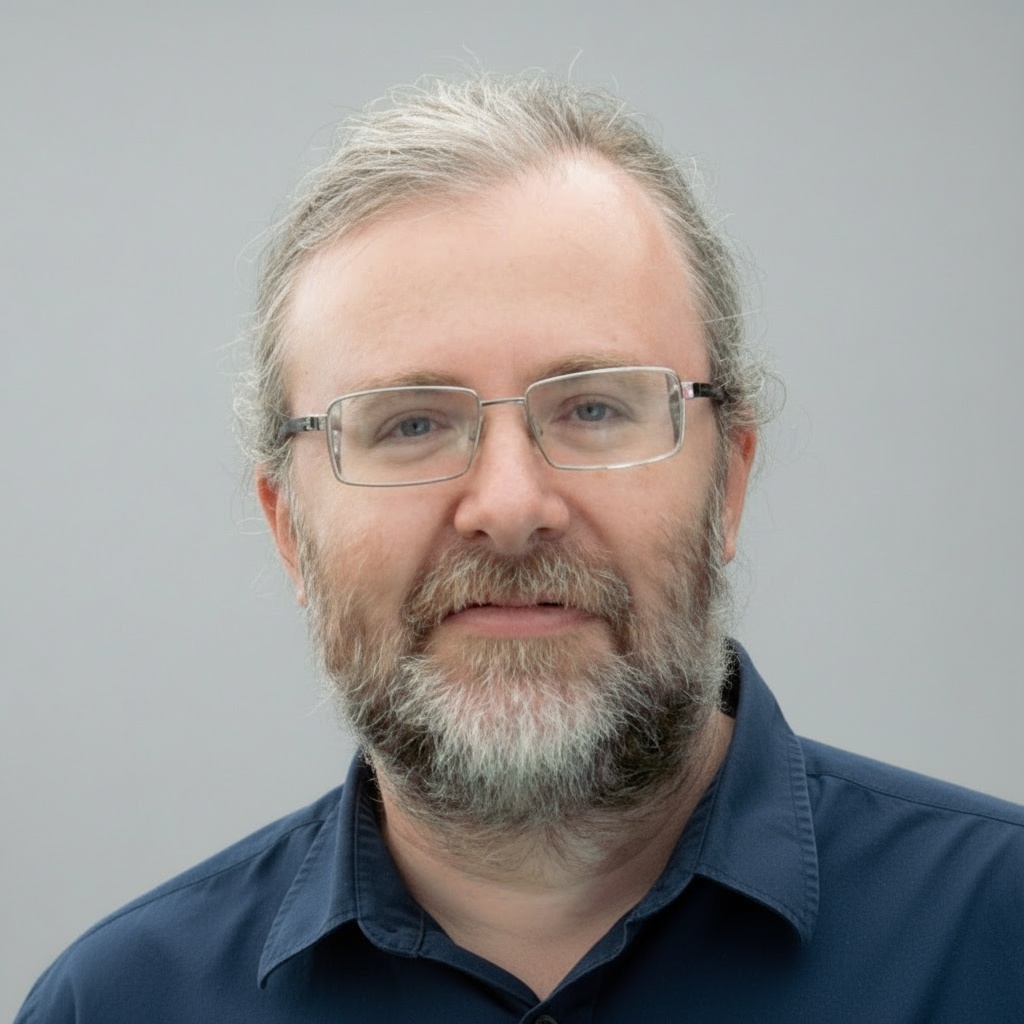- Lectures
- Institute of Atomic and Molecular Sciences
- Location
Dr. Poe Lecture Hall, IAMS (NTU Campus)
- Speaker Name
Prof. Guy Cohen (Tel Aviv University, Israel)
- State
Definitive
- Url
Abstract: Quantum Monte Carlo (QMC) methods use stochastic integration to solve the many-body problem. They can in principle be applied to a very wide range of physically and chemically important systems. However, because the many-body problem is generally exponentially hard, QMC methods encounter a failure mode known as the “sign problem”: when the system grows, temperature decreases or time increases, the stochastic error increases exponentially. This effectively limits the scope of QMC to applications where the sign problem can be controlled or removed.
The Inchworm technique is a practical way to substantially mitigate sign problems in diagrammatic Monte Carlo methods. It was originally developed for the dynamical sign problem in nonequilibrium quantum impurity models [1], but has since also been applied to multiple expansions for describing dynamics in the spin–boson model [2–4], as well as to multiorbital sign problems encountered in effective equilibrium models used to treat strongly correlated electron materials [5–7]. It can also be formulated directly in the equilibrium or nonequilibrium steady state [8–10]. This talk will include a didactic overview of the technique, followed by a brief discussion of several recent advances and applications.
[1] G. Cohen, E. Gull, D. R. Reichman, and A. J. Millis, Phys. Rev. Lett. 115, 266802 (2015).
[2] H.-T. Chen, G. Cohen, and D. R. Reichman, J. Chem. Phys. 146, 054105 (2017).
[3] H.-T. Chen, G. Cohen, and D. R. Reichman, J. Chem. Phys. 146, 054106 (2017).
[4] O. Goulko, H.-T. Chen, M. Goldstein, and G. Cohen, Phys. Rev. Lett. 134, 056502 (2025).
[5] E. Eidelstein, E. Gull, and G. Cohen, Phys. Rev. Lett. 124, 206405 (2020).
[6] J. Li, Y. Yu, E. Gull, and G. Cohen, Phys. Rev. B 105, 165133 (2022).
[7] D. Goldberger, Y. Fridman, E. Gull, E. Eidelstein, and G. Cohen, Phys. Rev. B 109, 085133 (2024).
[8] A. Erpenbeck, E. Gull, and G. Cohen, Phys. Rev. Lett. 130, 186301 (2023).
[9] A. Erpenbeck, E. Gull, and G. Cohen, Nano Lett. 23, 10480 (2023).
[10] A. Erpenbeck, T. Blommel, L. Zhang, W.-T. Lin, G. Cohen, and E. Gull, The Journal of Chemical Physics 161, 094104 (2024).









 Home
Home

